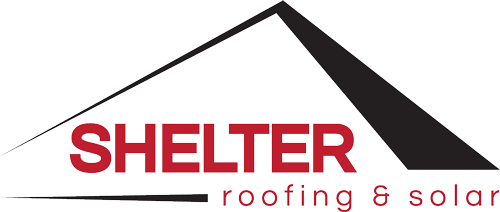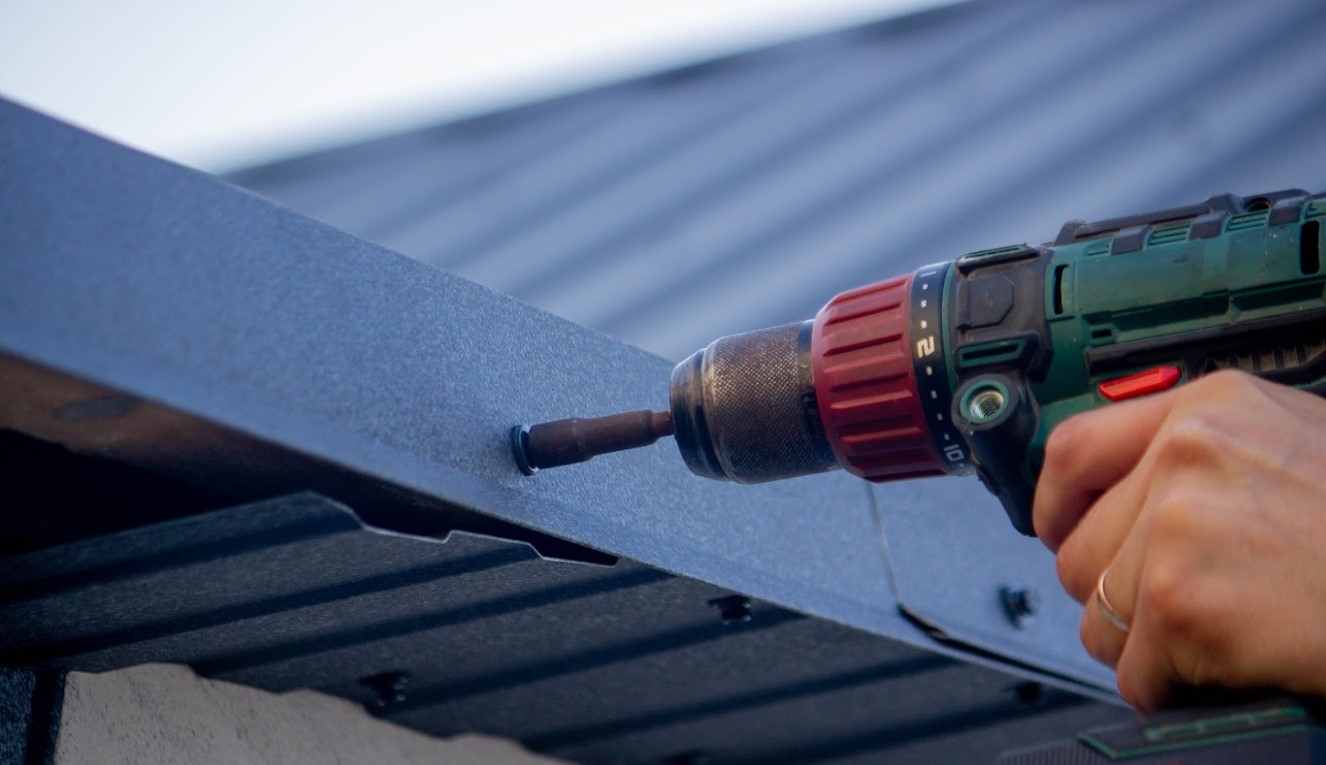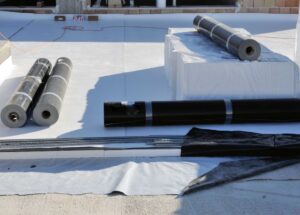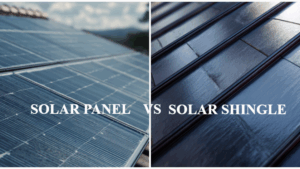Taking on home improvement projects can be rewarding, but roofing is one area where DIY efforts can quickly turn into costly mistakes. The dangers of DIY roofing go beyond just improper installation—fall risks, structural damage, and code violations are just a few of the hazards homeowners face when attempting to fix or replace their own roofs.
Despite good intentions, many homeowners underestimate the risks of DIY roofing, leading to dangerous situations and expensive repairs down the road. At Shelter Roofing & Solar, we’ve seen firsthand the DIY roofing problems that arise when safety guidelines and proper techniques aren’t followed. In this article, we’ll explore why roofing should always be left to the experts and provide essential roofing safety tips for those considering a DIY approach.
Serious Safety Hazards of DIY Roofing
Fall Risks: The Leading Cause of Roofing Injuries
One of the biggest dangers of DIY roofing is the risk of falling. Roofing work involves navigating steep slopes, unstable surfaces, and extreme heights—often without proper safety gear. According to the Occupational Safety and Health Administration (OSHA), falls from roofs are a leading cause of construction-related fatalities in the U.S. (source).
Without professional training, homeowners are at high risk of slipping, losing balance, or misstepping on weak spots. A simple mistake can lead to severe injuries, broken bones, or worse.
Roofing Safety Tips to Minimize Fall Risks:
- Always use a safety harness and secure it to an anchor point.
- Wear slip-resistant footwear designed for roofing work.
- Never work on a roof alone—have someone available to assist in an emergency.
- Avoid working on the roof in wet or windy conditions.
Electrical Hazards: A Hidden Danger
Many homeowners don’t realize how close power lines can be to their roofs. One misstep with a metal ladder or tool can lead to electrocution. The risks of DIY roofing increase significantly when working near electrical components such as attic wiring, vents, or solar panels.
Roofing Safety Tips to Avoid Electrical Hazards:
- Keep ladders and metal tools at least 10 feet away from power lines.
- If your home has solar panels, turn off the system before starting any work.
- Avoid touching exposed wiring and call an electrician if any electrical issues arise.
DIY Roofing Problems That Can Cost You More in the Long Run
Improper Installation Leads to Expensive Repairs
Many DIY roofing problems stem from incorrect installation techniques. From misaligned shingles to poorly sealed flashing, even small mistakes can lead to leaks, water damage, and reduced roof lifespan.
Roofing systems are complex, requiring precise layering and sealing to keep out moisture. Without proper training, homeowners often create weak points that allow water to seep in, leading to mold growth, wood rot, and interior damage.
Why Professional Installation Matters:
- Certified roofers follow industry best practices to prevent leaks and structural issues.
- Properly installed roofs last longer and withstand harsh weather conditions.
- Many roofing warranties require professional installation to remain valid.
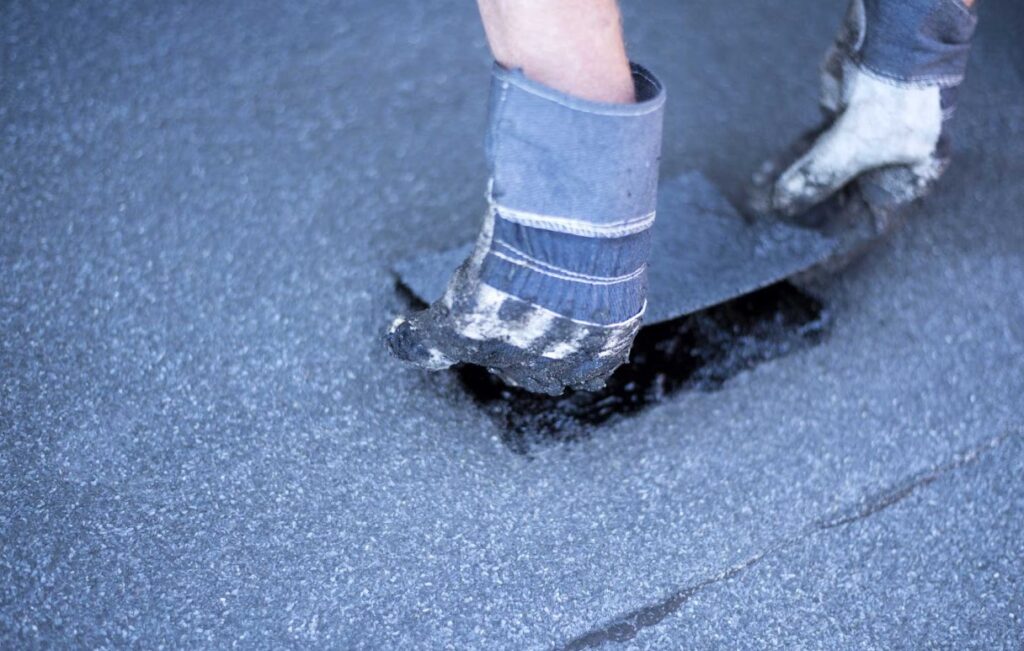
Code Violations Can Lead to Fines and Insurance Issues
Building codes exist to ensure safety and structural integrity, but DIY roofers often overlook these regulations. Local building authorities enforce codes that dictate materials, ventilation requirements, and installation methods.
Failing to comply with these codes can lead to penalties, delays in selling your home, or denied insurance claims if your roof suffers damage. The dangers of DIY roofing extend beyond personal safety—they can impact your home’s legal standing as well.
How to Stay Compliant:
- Work with a licensed roofing contractor who understands local codes.
- Obtain necessary permits before starting any roofing project.
- Ensure your roofing materials meet code requirements for fire and wind resistance.
Weather-Related Risks of DIY Roofing
Unpredictable Conditions Can Make Roofing Dangerous
Weather plays a crucial role in roof work. Even experienced professionals plan projects around safe weather conditions. DIY roofers, however, may not consider factors like strong winds, extreme heat, or approaching storms.
Working on a roof in high temperatures increases the risk of heat exhaustion, while unexpected rain can make surfaces dangerously slippery. The risks of DIY roofing are significantly higher when weather conditions aren’t taken into account.
Roofing Safety Tips for Weather Conditions:
- Check the forecast before starting any roofing work.
- Avoid working in extreme heat—early mornings are best for roofing projects.
- Be prepared for sudden weather changes by securing materials and tools.
The Hidden Costs of DIY Roofing
Short-Term Savings Can Lead to Long-Term Expenses
Many homeowners choose the DIY route to save money, but the DIY roofing problems that follow often result in higher expenses. A roof that isn’t installed correctly may require costly repairs or even a full replacement much sooner than expected.
Additionally, hiring professionals after a failed DIY attempt can cost more than having the job done correctly the first time. Roofers may need to undo previous mistakes before properly fixing the issue, increasing labor and material costs.
Investing in Professional Roofing Pays Off:
- A properly installed roof adds value to your home and increases energy efficiency.
- Professional roofers have access to high-quality materials at better prices.
- Expert workmanship ensures your roof lasts for decades, reducing long-term costs.
Leave It to the Experts—Protect Your Home and Safety
The dangers of DIY roofing far outweigh any potential savings. From severe injuries and code violations to leaks and structural damage, attempting a roofing project without professional experience can have serious consequences. The risks of DIY roofing not only put your safety at risk but can also end up costing you more than hiring a licensed professional from the start.
At Shelter Roofing & Solar, we provide expert roofing services backed by over 40 years of experience. Our team ensures every roof is installed safely and correctly, giving homeowners peace of mind.
Don’t take unnecessary risks—get a free estimate now and let our professionals handle your roofing needs the right way!
